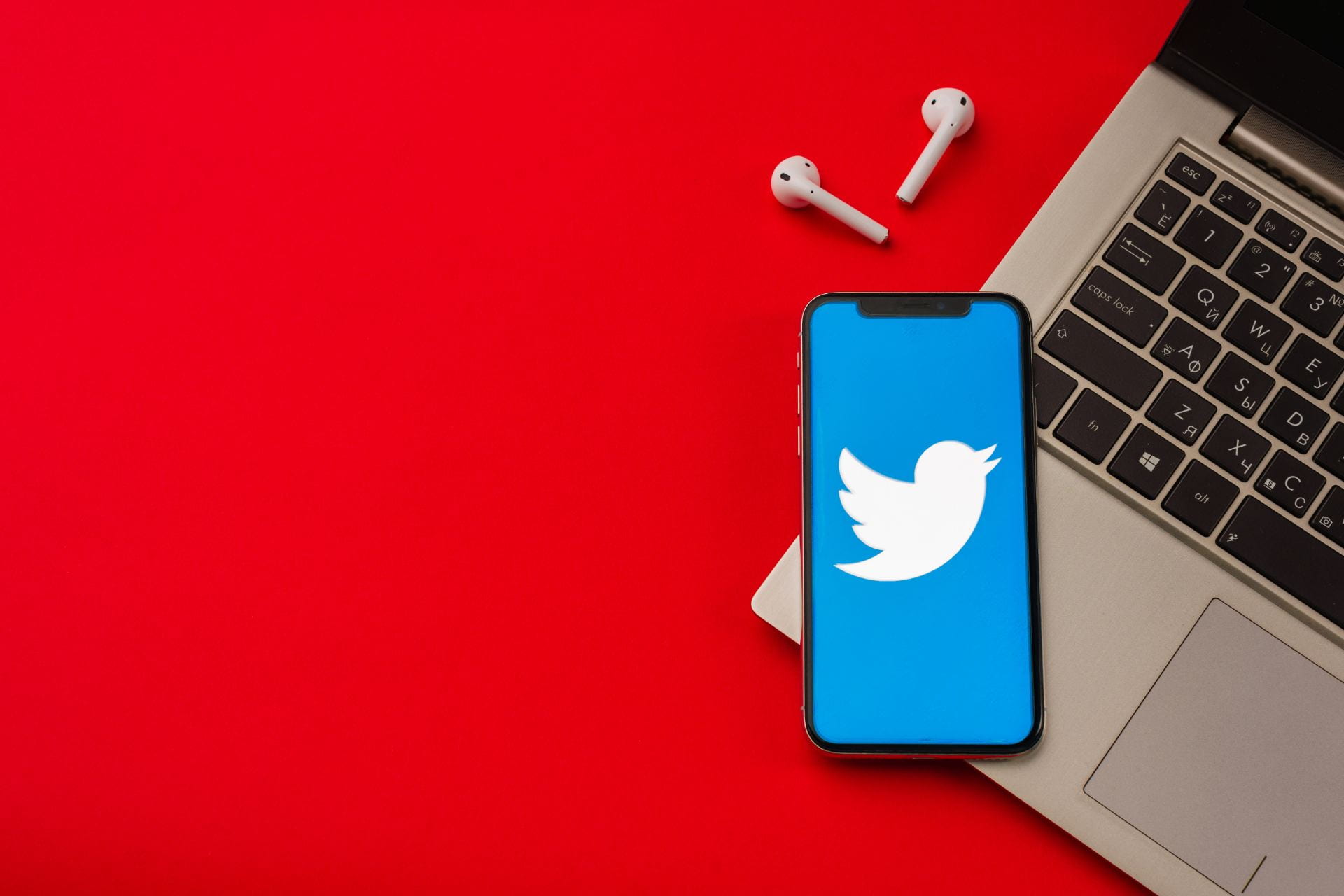Twitter, now known as X, is a global platform that allows users to share real-time thoughts, follow trends, and engage in conversations through short-form content known as tweets. It has evolved into a powerful microblogging tool, combining simplicity, reach, and speed.
If you’re considering building a social media app like Twitter, this guide will give you a complete roadmap, including development steps, essential features, technologies, and cost estimates.
1. Understand What Twitter Is and Why It’s Successful
Before you build, it’s crucial to understand Twitter like apps unique value in the social media space:
- Short-form content (280 characters)
- Public visibility by default
- Real-time communication
- Hashtags and trending topics
- Open API ecosystem
- High user engagement
These elements have made Twitter indispensable for:
- News
- Celebrity and influencer interaction
- Political debates
- Brand communications
- Viral content

To create a successful Twitter clone app, your product must offer a fast, intuitive, and engaging platform for micro-conversations.
2. Define Your App’s Purpose and Target Audience
While building a Twitter-like app, you need a clear mission:
- Are you building a niche community? (e.g., academics, gamers, startups)
- Are you targeting free speech advocates?
- Is it a local or global app?
Niche Examples:
- A “Twitter for doctors”
- Microblogging for teachers or professionals
- Decentralized or privacy-focused alternatives (like Mastodon)
Knowing your niche helps define core features and user interface.
3. Core Features of a Twitter-like App
To develop a successful MVP (Minimum Viable Product), start with the essential Twitter features:
User Management
- Sign up/login via email or social media
- Profile creation (bio, photo, username)
- Followers/following system
Tweeting System
- Post short text (up to 280 characters)
- Add media: photos, GIFs, videos
- Hashtag and @mention support
- Repost (Retweet) and Quote
- Edit or delete posts
Feed & Timeline
- Home feed with tweets from followed users
- Explore feed with trending topics
- Chronological or algorithmic options
Interactions
- Likes and replies
- Retweets and shares
- Bookmarking and saving tweets
Notifications
- Mentions
- New followers
- Likes, replies, and retweets
Messaging
- One-to-one direct messages (DMs)
- Optional group chats
Admin Panel
- Manage users
- Monitor reports/violations
- Ban/mute/block functionality
- Dashboard with user analytics
4. Advanced Features for Later Development
Once you’ve validated your MVP, consider adding features that elevate user engagement:
- Live Audio Spaces (like Twitter Spaces)
- Threaded conversations
- Media embedding (YouTube, Spotify, etc.)
- AI-powered content moderation
- Monetization tools (Tips, Super Follows)
- Post scheduling
- Dark mode and customization
- Decentralized architecture (Web3 support)
5. UI/UX Design: Keep It Minimal & Fast
Twitter’s success is rooted in its clean interface and quick interactions.
Key Design Elements:
- Timeline-style feed
- Compact tweet layout
- Floating post button
- Tab navigation: Home, Search, Notifications, Profile
Use design tools like Figma, Adobe XD, or Sketch to wireframe and prototype your app. Focus on accessibility, responsiveness, and fast performance.
6. Choose the Right Technology Stack
The right tech stack ensures your app is scalable, secure, and responsive.
Frontend (Mobile App)
- iOS: Swift
- Android: Kotlin
- Cross-platform: React Native or Flutter
Backend
- Node.js / Django / Laravel
- RESTful API or GraphQL
Database
- PostgreSQL or MongoDB for structured/unstructured data
- Redis for caching tweets and notifications
Authentication
- OAuth 2.0 (Google, Facebook, Apple login)
- Firebase Auth or Auth0
Real-Time Functionality
- WebSockets for live tweet feeds
- Firebase Realtime Database for chat
Cloud & Storage
- AWS, Google Cloud, or Azure
- Amazon S3 or Firebase Storage for media
Push Notifications
- Firebase Cloud Messaging (FCM)
- OneSignal
7. How to Create an App Like Twitter
Step 1: Planning & Strategy
- Define app goals and niche
- Research competitors
- Create user stories and flows
Step 2: Design
- Create wireframes for all screens
- Build a design prototype
- Conduct user feedback rounds
Step 3: Development
- Backend: Set up server, database, APIs
- Frontend: Build login, feed, tweet creation
- Real-time features: Notifications, chat
- Admin panel: User moderation, analytics
Step 4: Testing
- Unit testing for individual functions
- End-to-end usability testing
- Load and stress testing
- Security testing (especially for DMs and authentication)
Step 5: Deployment
- Backend to AWS or similar cloud
- Mobile apps to Google Play and Apple Store
- Set up crash monitoring and analytics
8. How Much Does It Cost to Build an App Like Twitter?
Your development cost depends on several factors:
- Platform (iOS, Android, both?)
- Team (freelancers, in-house, agency)
- Location (US/UK vs India/Eastern Europe)
- Features and complexity
Rough Cost Estimate:
|
Component |
Estimated Cost (USD) |
|
UI/UX Design |
$5,000 – $10,000 |
|
iOS & Android Development |
$30,000 – $60,000 |
|
Backend Development |
$15,000 – $30,000 |
|
Admin Panel & Moderation |
$5,000 – $10,000 |
|
Real-time Messaging |
$10,000 – $20,000 |
|
Testing & QA |
$5,000 – $10,000 |
|
Deployment & Maintenance |
$5,000 – $10,000 |
|
Total |
$75,000 – $150,000+ |
Tip: You can reduce costs by using cross-platform frameworks (like Flutter) or Twitter clone scripts.
9. Use Twitter Clone Scripts for Faster Development
If you’re looking for a faster, budget-friendly way to launch, use prebuilt Twitter clone scripts.
Benefits:
- Pre-coded functionality (timeline, tweets, likes)
- Admin panel included
- Fast deployment
- Lower development costs
Popular Providers:
- HW INFOTECH Twitter Clone
- CodeCanyon (TweetApp, Chirpy)
- GitHub Open-Source Projects
Make sure to:
- Check for support and documentation
- Test performance and scalability
- Ensure licensing and legal compliance
10. Monetization Strategies
While Twitter itself has only recently started monetizing aggressively, your app can include:
- In-app advertising (banner, native, video)
- Promoted tweets / paid visibility
- Premium subscriptions (ad-free experience)
- Super Follows / Tipping
- Sponsored accounts
- Brand collaborations
11. Legal & Compliance Considerations
Must-Haves:
- Privacy Policy & Terms of Use
- GDPR/CCPA compliance
- Age restrictions and parental control
- Data encryption and secure login
If you’re allowing UGC (user-generated content), you need clear content policies and reporting mechanisms.
12. Growth & Marketing Strategy
Building the app is only half the battle—you need users.
Go-to-Market Strategy:
- Soft launch or beta testing
- Social media campaigns
- PR & influencer marketing
- Referral and invite system
- App Store Optimization (ASO)
Retention Tactics:
- Push notifications
- Personalized content feeds
- In-app events (e.g., trending tags)
- Feedback loops
13. Post-Launch Maintenance and Updates
Ongoing success requires continuous improvement:
- Monitor bugs and fix quickly
- Optimize performance for scale
- Listen to user feedback
- Roll out new features regularly
Use tools like:
- Firebase Analytics
- Sentry (bug tracking)
- Crashlytics
Final Thoughts
Creating a social media app like Twitter is ambitious but very achievable with the right planning and execution. Start by building a strong MVP with core features, test it with early adopters, and scale thoughtfully.
Whether you build from scratch or use a social media app development, focus on
- Fast, intuitive design
- Scalable backend
- Real-time performance
- User safety and moderation

